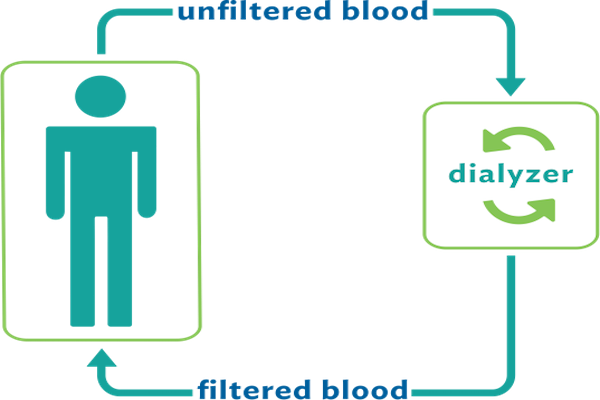Erythropoietin dose and survival of hemodialysis patients
DOI:
https://doi.org/10.15419/bmrat.v4i7.195Keywords:
Bioloby, hemodialysis, Medicine, ErythropoietinAbstract
Chronic kidney disease (CKD) is known as a major health problem worldwide (Levey et al., 2007). The CKD is defined as a stage of disease in which the patient's kidney function is less than a half of normal capacity (2). If the kidney function is 10% to 15% less than the normal capacity, the patient has reached the End Stage Renal Disease (ESRD). At this stage, the kidney transplant or dialysis with hemodialysis or peritoneal dialysis is necessary for patient's survival (Levey et al., 2002).

Downloads
Published
Issue
Section
License
Copyright The Author(s) 2017. This article is published with open access by BioMedPress. This article is distributed under the terms of the Creative Commons Attribution License (CC-BY 4.0) which permits any use, distribution, and reproduction in any medium, provided the original author(s) and the source are credited.
